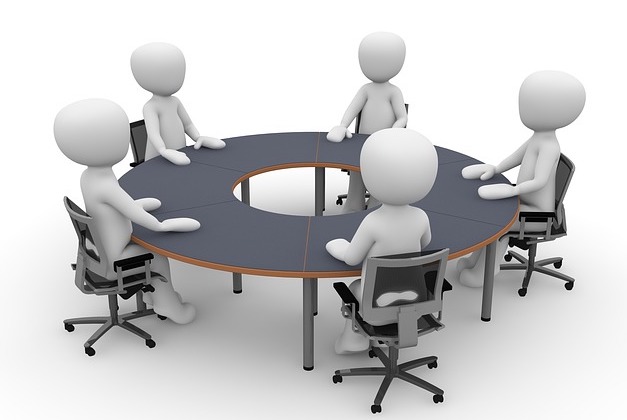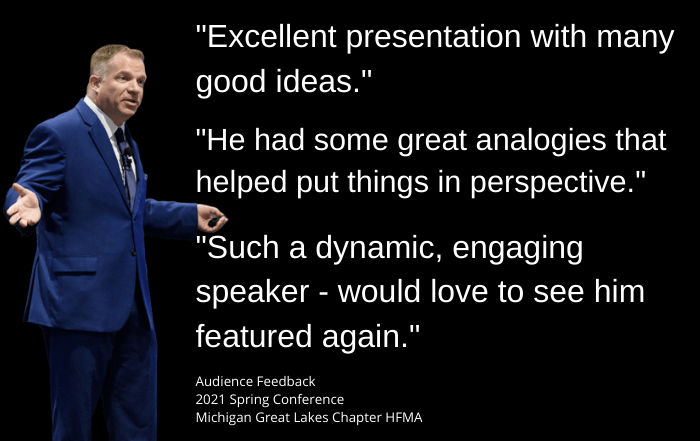 The road to creating more effective meetings can begin by better defining next steps. This can lead to more action and less ambiguity about the future. In a recent LinkedIn poll I conducted, clearer next steps was the top choice of how professionals would like to improve meetings.
The road to creating more effective meetings can begin by better defining next steps. This can lead to more action and less ambiguity about the future. In a recent LinkedIn poll I conducted, clearer next steps was the top choice of how professionals would like to improve meetings.
You know what it’s like to be in a meeting that ends and later you’re not sure what really happened. Getting everyone together, whether in person or virtually, is a major investment of time, so you want to make sure you’re using it wisely.
Consider these tips to help with creating more effective meetings:
Update or Action Item?
Maybe you need a litmus test for next steps. In meetings, you’ll often find updates or action items. It’s good to understand the difference between that two.
An update could be that Elizabeth just joined the team and everyone is excited to have her on board. This is a statement of fact that lets people know something.
Another scenario could see the announcement that sales are down 10%. Maybe this is just an update but I’m guessing the group would want to reverse this trend. Ask yourself, “Are we happy with this outcome and should we do something about it?”
If so, it should be considered an action item. There needs to be some kind of next step discussed. For instance, it might be wise to call ten past customers and find out their current view of your brand and offerings. From there, you could later design sales or make other changes.
That next step may not solve the problem immediately but it starts to move you toward a possible solution.
Bring Next Steps
If you bring an action item to a meeting, them make a commitment to have some next steps built into the discussion. You’re likely the expert on the issue and people who are hearing about the problem for the first time, may not immediately know what to do.
I often tell leaders that if their employees bring them a problem, the employees should also be trained to bring some potential solutions. It gets the ball rolling and saves time.
Think of your agenda items in the same way. If you’re bringing one to the table, then have a few options in mind. The group is not required to follow any of them but it can get the discussion moving toward action.
Consider Timelines and Availability
In meetings it’s easy to assign next steps to people who aren’t in the session or have people take on tasks moments before they leave on a two week vacation. If you’re looking for immediate action, make sure the next steps can be performed by the designated person.
Sometimes, an employee may be willing to take on a new task but shouldn’t due to the demands of their job. You don’t want a sales manager starting a new project, when that person may need to focus entirely on a make-or-break sale for the business.
Make sure the task and the timeline matches up with group expectations. If there’s a conflict, agree to wait or see if someone else can take it on.
This awareness is also important for projects that require sequential contributions from multiple people. You don’t want someone to drop everything, rush to complete their portion, only to have the next person unavailable to do their share for weeks.
An Ongoing Commitment
Unfortunately, there’s not a switch you can flick that can help with creating more effective meetings. Make a commitment to maximizing everyone’s time. And watch out for the return of bad habits, like talking about problems without discussing any resolutions.
While change can be intimidating, can you try these tactics for a set amount of time, like six months, and then decide if they are helping? You may be pleasantly surprised when you look back at your progress.






